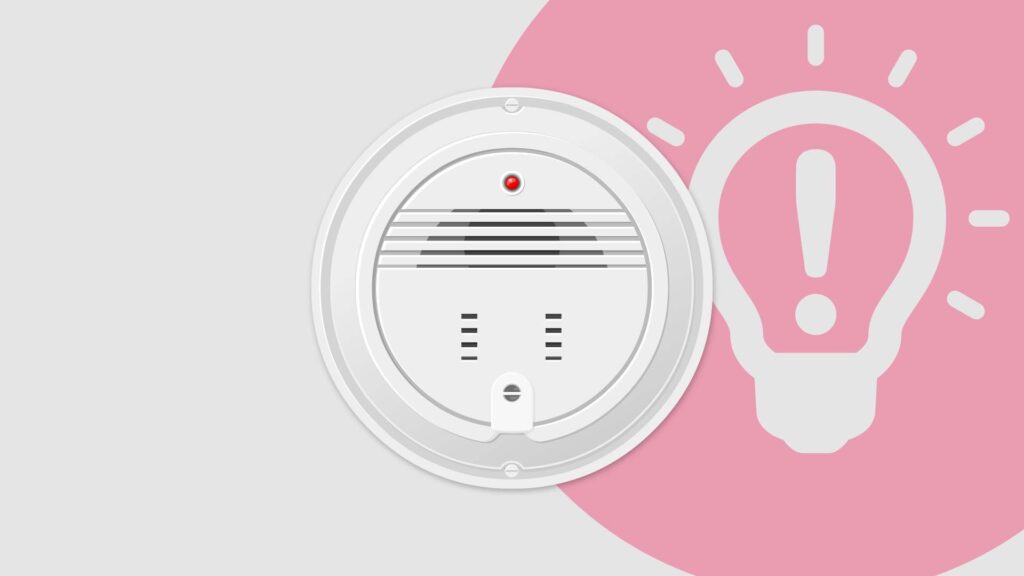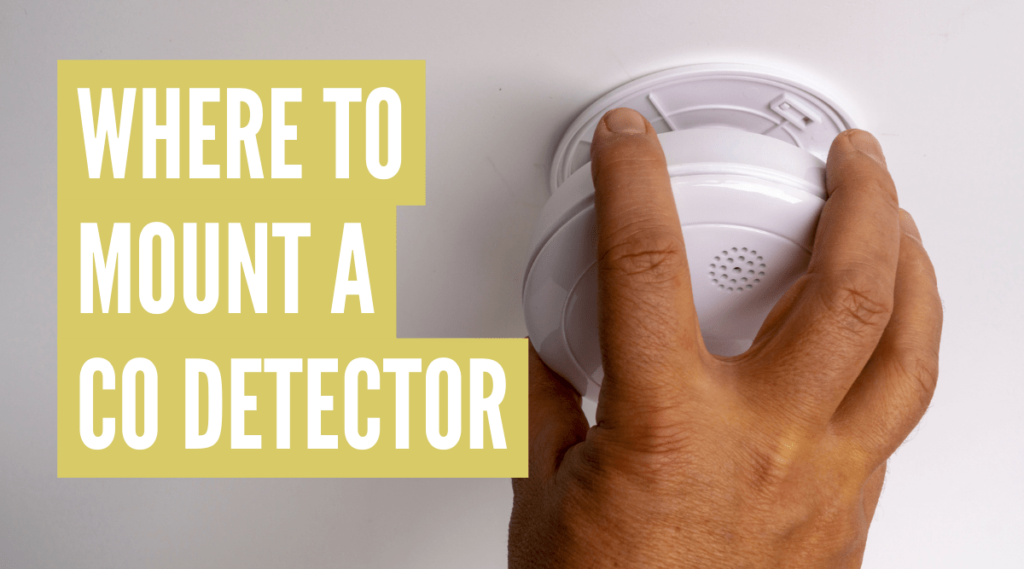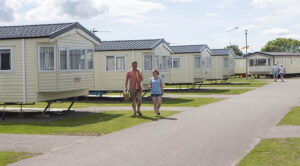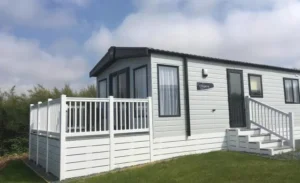Introduction
Carbon monoxide (CO) is a silent killer, especially in confined spaces like caravans. Recognizing the potential dangers it poses, many caravan owners have turned to installing a carbon monoxide detector for caravan safety. This article aims to guide caravan and camper van owners on the importance of a carbon monoxide detector and its proper placement to ensure maximum safety.
The camper van carbon monoxide detector is not just a luxury but a necessity. As more people embrace the caravan lifestyle, understanding the risks associated with CO and the benefits of having a detector becomes paramount. This guide will delve into the intricacies of CO, its sources in a caravan, and the best practices for positioning a detector.
Understanding Carbon Monoxide
Carbon monoxide is a colorless, odorless, and tasteless gas that is produced as a byproduct of combustion. In a caravan setting, this could be from cooking appliances, heaters, or any other fuel-burning equipment. The danger with CO is its invisibility; without a carbon monoxide detector for caravan safety, one might never know they’re being exposed until it’s too late.
The symptoms of CO poisoning can range from mild headaches and dizziness to more severe conditions like unconsciousness or even death. In a confined space like a caravan, the risks are amplified. Hence, having a camper van carbon monoxide detector becomes crucial to detect any CO presence and alert the occupants.

Importance of Proper Placement
The effectiveness of a carbon monoxide detector in a caravan largely depends on its placement. CO has a similar density to air, which means it neither rises to the ceiling nor sinks to the floor immediately. In a caravan, where space is limited and air circulation might be restricted, the placement of the carbon monoxide detector becomes even more critical.
While many might assume that placing the detector on the ceiling, like a smoke alarm, is the best option, this isn’t necessarily the case for CO. Given that CO spreads evenly in confined spaces, the detector should be positioned at breathing height, considering both seated and lying down positions. This ensures that the carbon monoxide detector for caravan safety is in the best position to detect any traces of CO as soon as they appear.
Recommended Positions for CO Detectors in a Caravan
When considering where to place a carbon monoxide detector in a caravan, one should think about the areas where people spend the most time, especially sleeping areas. Since CO poisoning symptoms can be mistaken for fatigue or sleepiness, it’s crucial to have a detector near beds or seating areas. This ensures that if CO levels rise while occupants are asleep or resting, the alarm will sound, alerting them to the danger.
Another essential factor to consider is the proximity to windows and vents. A camper van carbon monoxide detector should be placed away from these areas to avoid false readings from external air. Similarly, while it’s essential to have detectors near potential CO sources, they shouldn’t be too close to appliances that produce CO to avoid false alarms. Striking the right balance is key to ensuring the detector’s effectiveness.

Places to Avoid
Just as there are recommended positions for a carbon monoxide detector in a caravan, there are also places that should be avoided. Placing a detector directly above or beside fuel-burning appliances can lead to false alarms, as these appliances might emit a small amount of CO when starting up or shutting down. This doesn’t necessarily indicate a dangerous level of CO, but it can cause unnecessary panic.
Areas with high humidity, such as bathrooms or near sinks, can also affect the efficiency of a carbon monoxide detector for caravan use. Extreme temperatures, either too hot or too cold, can also impact the detector’s functionality. Lastly, avoid placing the detector near ceiling fans or other ventilation sources, as these can dilute the CO concentration, leading the detector to give a delayed or muted response.
Maintenance and Testing
Regular maintenance is crucial for ensuring that your carbon monoxide detector for caravan use remains functional and effective. Over time, dust and other particles can accumulate on the detector, potentially affecting its sensitivity. It’s essential to clean the unit periodically, following the manufacturer’s instructions. Additionally, the batteries in a camper van carbon monoxide detector should be checked and replaced as needed. A detector with a weak battery might not sound an alarm even if dangerous CO levels are present.
Testing the alarm function is another critical aspect of maintenance. Most detectors come with a test button that, when pressed, should trigger the alarm. This ensures that the alarm mechanism is working correctly. It’s advisable to test the carbon monoxide detector at least once a month. Furthermore, even if the detector seems to be in good working order, it’s essential to replace it entirely based on the manufacturer’s recommendations, usually every 5-7 years, to ensure its efficiency.
Additional Safety Tips
While having a carbon monoxide detector for caravan safety is crucial, it’s just one part of a broader safety strategy. Proper ventilation in the caravan is essential. Always ensure that vents and windows are open or at least cracked when using fuel-burning appliances, as this helps disperse any CO that might be produced. Moreover, be cautious when using these appliances; ensure they are in good working order and are used as per the manufacturer’s guidelines.
Recognizing the symptoms of CO poisoning is equally vital. Symptoms can include headaches, dizziness, nausea, and confusion. If anyone in the caravan starts exhibiting these symptoms, it’s crucial to get fresh air immediately and seek medical attention. Even with a camper van carbon monoxide detector in place, being aware of these symptoms adds an extra layer of protection against potential CO poisoning.
Conclusion
The importance of a carbon monoxide detector in a caravan cannot be overstated. As more individuals and families embrace the caravan and camper van lifestyle, understanding the risks associated with CO and the benefits of having a detector becomes even more crucial. Proper placement, regular maintenance, and awareness of CO poisoning symptoms are all essential components of caravan safety.
In conclusion, while the joys of caravan life are many, it’s essential to prioritize safety. A carbon monoxide detector for caravan use is a small investment that can make a significant difference, potentially saving lives. By following the guidelines and tips provided in this article, caravan owners can ensure a safe and enjoyable experience on the road.
References and Further Reading
To ensure that readers have the most accurate and up-to-date information, it’s essential to consult reputable sources when discussing carbon monoxide and its associated risks. Various organizations and agencies provide guidelines on CO safety, and manufacturers of camper van carbon monoxide detectors often offer detailed instructions and recommendations for their products.
For those interested in delving deeper into the topic, a list of resources, studies, and articles can be provided. This not only adds credibility to the article but also offers readers a chance to educate themselves further on the importance of carbon monoxide detectors for caravan safety and the best practices associated with their use.




